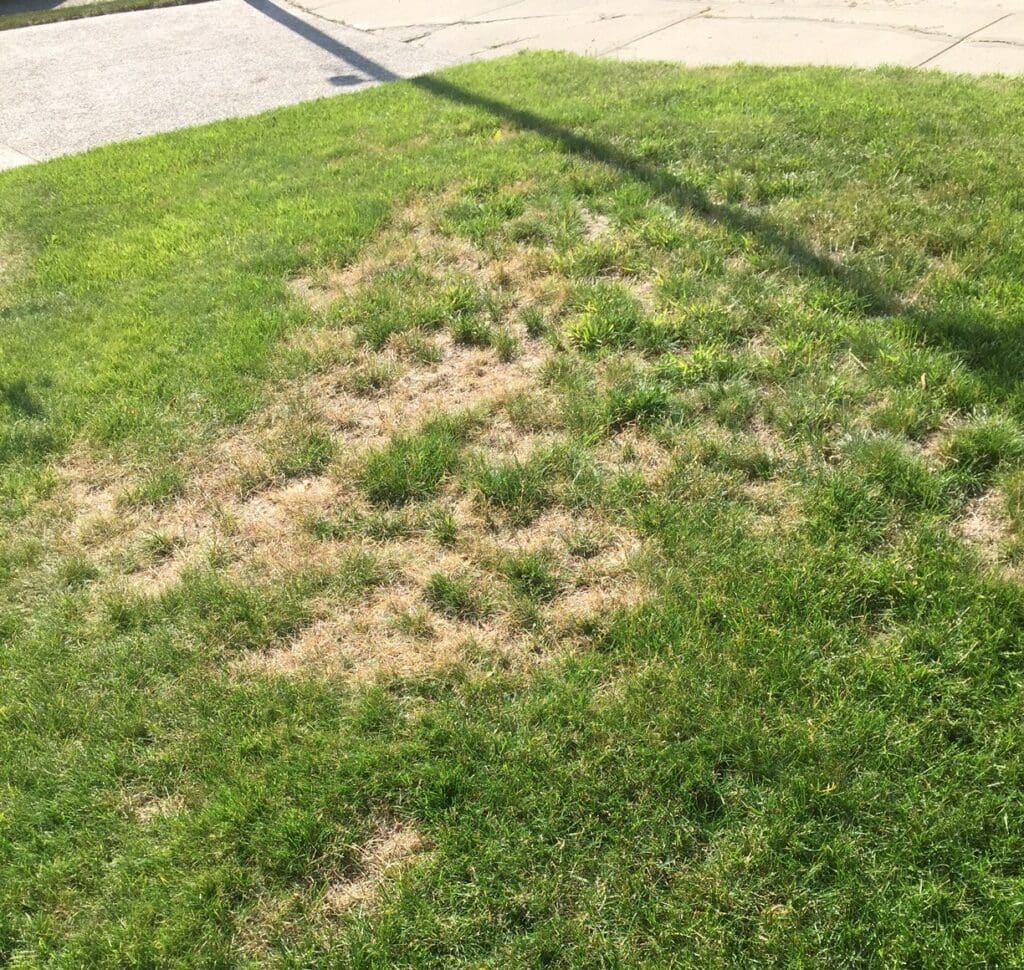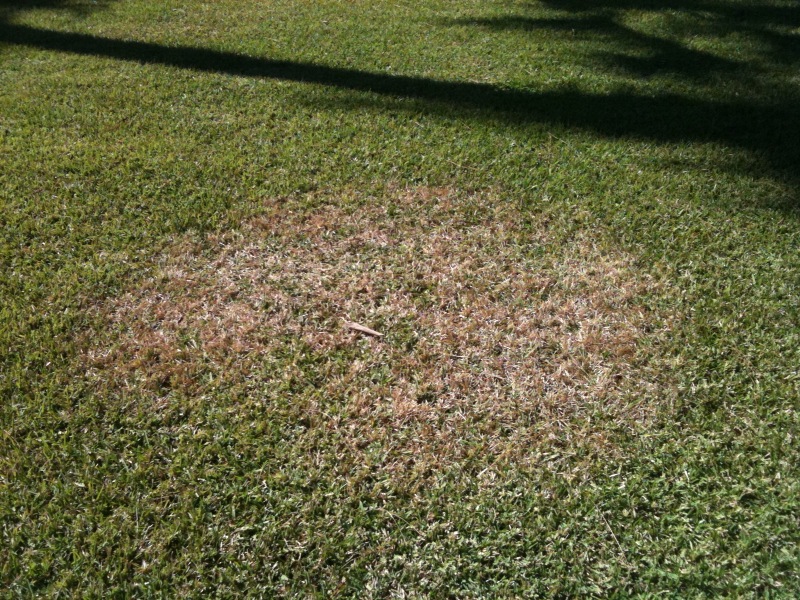Lawn Insects or Fungus Problem?
Read MorePosted on: Nov 29, 2023Luis M Pérez
Identifying whether your lawn issues are due to insect damage or a fungal infection involves careful observation and understanding of the symptoms exhibited by your grass. Here’s a comprehensive guide to help you differentiate between the two:
Insect Damage
Irregular Patches: Insects often feed in irregular patterns, creating patches of damaged grass. Look for areas where the grass seems unevenly affected.
Visible Insects: Check for the presence of insects. Lift a few damaged blades of grass and inspect the soil and roots for any visible pests like grubs, ants, or caterpillars.

Chewed Blades: Insects typically chew on grass blades, leaving irregular edges. Look closely at the damaged grass; if you notice jagged or torn edges, it might indicate insect feeding.
Wilting or Discoloration: Insect damage can cause the grass to wilt, yellow, or brown. If you see these symptoms spreading, it could be a sign of insects.
Fungal Infection
Circular Patches: Fungal infections often result in circular patches of dead or diseased grass. These patches may start small but can expand over time.
Mold or Fungus Growth: Look for visible signs of mold, fungus, or mushrooms on the grass blades or soil. These are clear indicators of a fungal issue.
Reddish-Brown or Yellow Rings: Some fungi create rings of discolored grass. It could be a fungal infection if you notice concentric circles of different colors.
Thinning Grass: Fungal infections may cause the grass to thin out, making the affected areas look less dense compared to the healthy parts of the lawn.

Additional Tips
Time of Day: Insect damage may be more noticeable during specific times when insects are active. Fungal issues are generally more consistent throughout the day.
Weather Conditions: Insects are often more active in warm, dry conditions, while fungi thrive in humid environments. Consider your local weather patterns when assessing the problem.
Professional Consultation: If you’re uncertain, consider seeking advice from a lawn care professional. They can analyze the specific symptoms and recommend appropriate treatments.
In conclusion, a careful examination of the patterns of damage, the presence of insects or fungi, and the overall health of your lawn will help you determine the cause. Keep in mind that multiple issues can sometimes coexist, so a thorough assessment is crucial for effective treatment.
Questions?
For more information on Insects or Fungus? Please email our Doctor Green Lawn Care Expert, Luis Perez, at luisp@doctorgreen.com.

